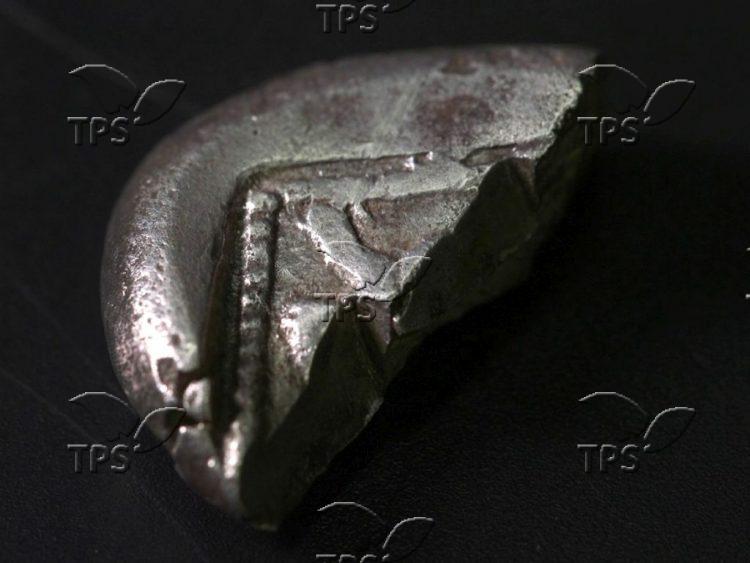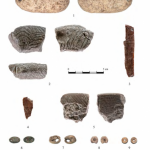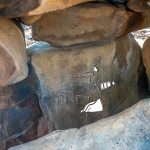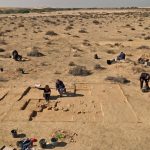Archaeologists Find First Temple-Era Coin Ahead of Judean Hills Roadwork
Jerusalem, 17 January, 2024 (TPS-IL) -- Archaeologists working at a site in the Judean Hills ahead of planned infrastructure work uncovered an extremely rare silver coin dating back 2,550 years to the Persian period, the Israel Antiquities Authority announced on Wednesday. The Antiquities Authority said the discovery sheds new light on ancient trade practices and the evolution of currency in the region.
“The coin is extremely rare, joining only half a dozen coins of its type that have been found in archaeological excavations in the country,” said Dr. Robert Kool, head of the Antiquities Authority’s Numismatic Department.
“The coin was minted in a period when the use of coins had just begun. The rare find contributes information concerning the way trade was carried out, and the process whereby global commerce moved from payment by weighing silver pieces, to the use of coins,” Kool explained. “The coin belongs to a group of very early coins that were minted outside Israel, in the regions of ancient Greece, Cyprus and Turkey. In the 6th–5th centuries BCE, such coins began to appear at sites in the Land of Israel.”
The coin was found intentionally cut in two. This indicates that the in the 4th Century BCE, it was used as a weighted piece of silver rather than a coin, even though silver coins were already current in that period, the Antiquities Authority explained.
“Later, more sophisticated techniques produced coins with protruding rather than sunken stamps,” said the Antiquities Authority’s Semyon Gendler, who unearthed the coin.
Also found was a one-shekel weight from the First Temple period.
The Antiquities Authority is excavating an area of the Judean Hills where Road 375 is being expanded. The road runs from Tzur Hadassah, near Jerusalem, to a junction in central Israel south of the city of Beit Shemesh.
Excavation directors Michal Mermelstein and Danny Benayoun said that the site was a rural area of the Kingdom of Judah, dating back to the 7th century BCE.
“The peak settlement period during the reigns of the kings of Judah, such as Hezekiah, Manasseh, Amon, and Josiah, was marked by the discovery of a characteristic ‘four-room house’ and the shekel weight. The weight, adorned with an ancient Egyptian hieratic abbreviation for the word shekel, provides early evidence of meticulous weighing practices for metals, spices, and other valuable commodities in the markets,” Mermelstein said.
The one-shekel weight weighed 11.07 g., the Authority said.
“It is always surprising, how important findings are discovered in unexpected places,” said Eli Eskosido, director of the Antiquities Authority. “Through a tiny object like a coin, it becomes possible to trace human thought processes and observe that our economic habits have remained largely unchanged for thousands of years – only the technology has changed.”







